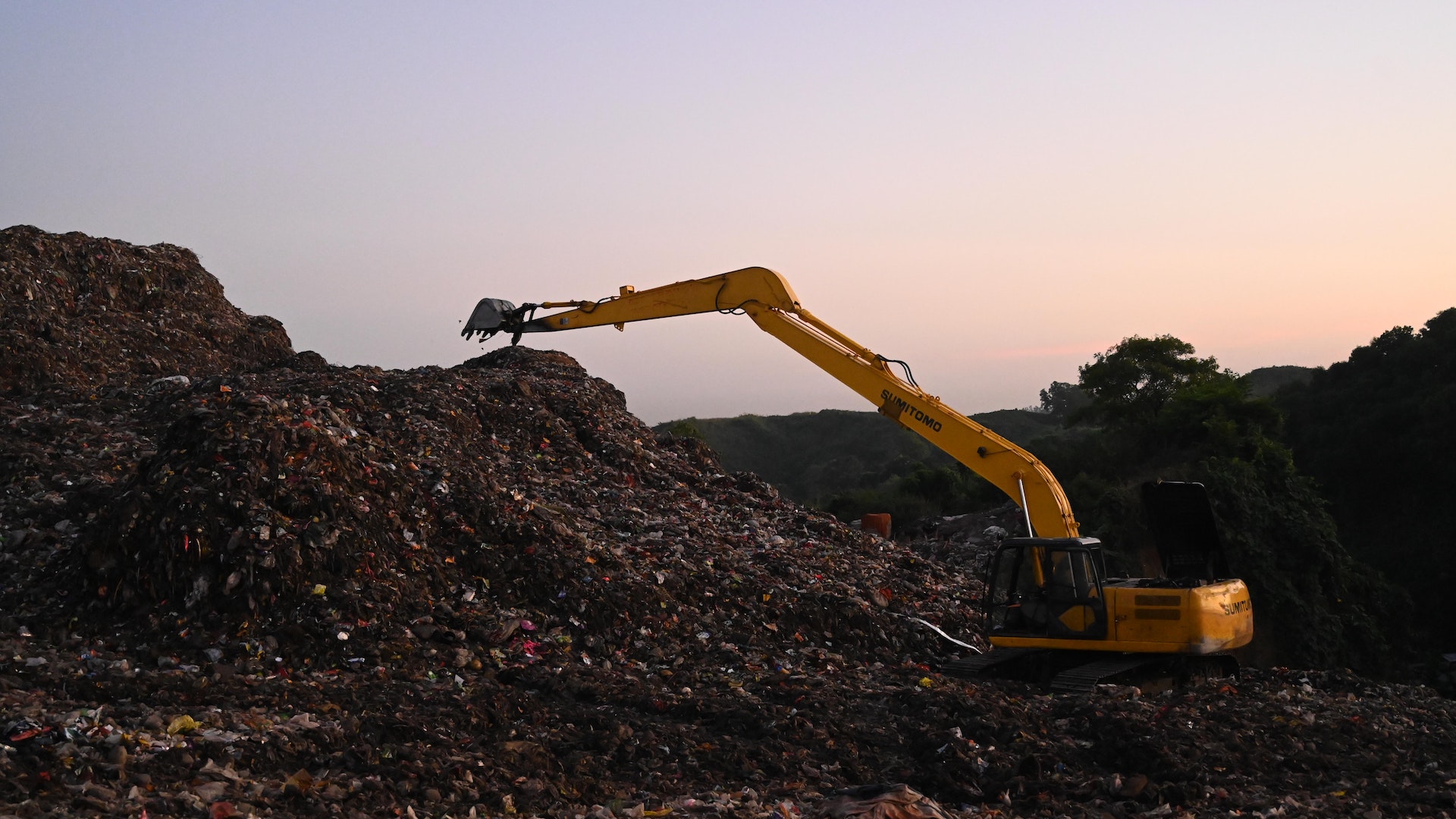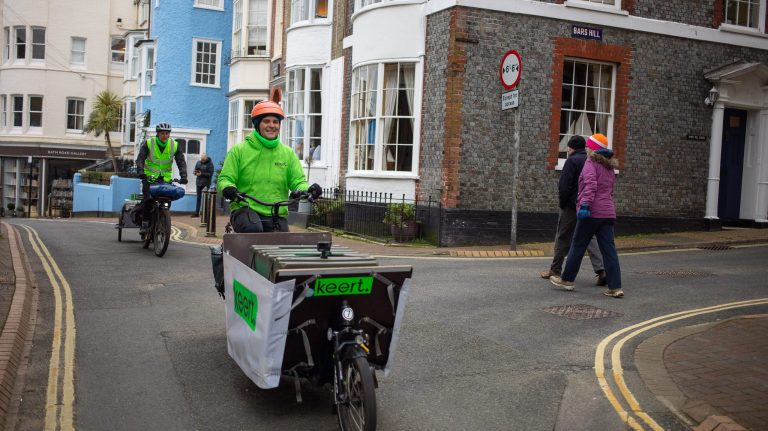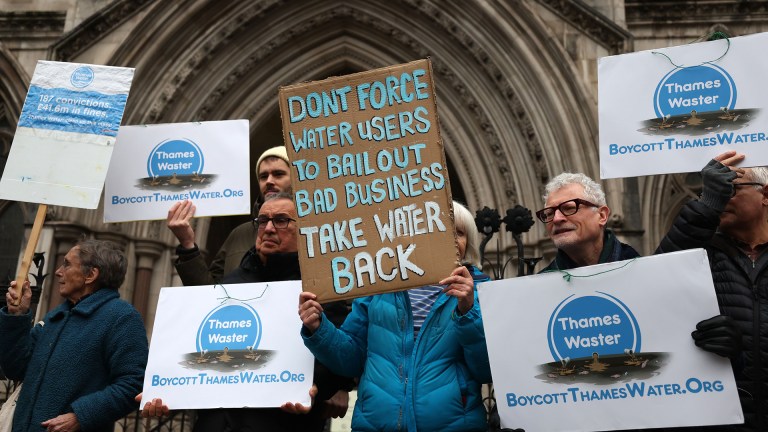In the UK alone, an estimated 9.5 million tonnes of food were wasted in 2018.
WRAP estimated that this waste had a value of over £19 billion a year and would be associated with more than 25 million tonnes of greenhouse gas emissions.
The carbon footprint of all the wasted food that is grown, harvested, then left to rot worldwide amounts to more than 3.3 billion tonnes of CO2.
Huge numbers like this are rarely easy to process, so here’s another way of thinking about it.
The UN estimates 690 million people were undernourished in 2019. The wasted food each year would feed them more than four times over.
And that 3.3 billion tonnes of CO2 produced in making that wasted food each year? That is the third biggest producer of greenhouse gases, behind only China and the United States.
Advertising helps fund Big Issue’s mission to end poverty
Why is food waste bad for the climate and environment?
Food waste is bad for the climate and environment in multiple ways.
Firstly, food takes an enormous amount of resources to create – especially in the case of meat and dairy products.
Water, fertilisers and other natural resources are spent for every food product created, while further emissions are created when that food travels to your local supermarket.
When you throw a food product away, therefore, you’re wasting all the resources used to create it.
Secondly, when your discarded food goes into the bin and travels to a landfill it rots and produces methane, a particularly potent greenhouse gas responsible for driving climate change.
It’s estimated that around six to eight per cent of human-caused greenhouse gases could be reduced if we stopped wasting food.
Advertising helps fund Big Issue’s mission to end poverty
In the US alone, the production of lost or wasted food generates the equivalent of 32.6 million cars’ worth of greenhouse gas emissions.
What is Food Waste Action Week?
Run by food waste charity WRAP, Food Waste Action Week is held to highlight the issue of food waste and encourage businesses and individuals to take action to combat it.
Corporate donors this year include Aldi, Ocado, food manufacturers Danone and Dunbia and food service provider Sodexo. Last year more than 135 businesses signed up to support the week of action.
The idea of the week is to raise public awareness about the problem of food waste and encourage easy actions people can take to combat it.
This year, the campaign will focus on the most wasted foods and instil positive behaviours to help people avoid common triggers that can lead to food going to waste
The week will also target school age children with the release of an education pack for schools.
Advertising helps fund Big Issue’s mission to end poverty
What can I do to waste less food?
There are plenty of ways you can reduce your food waste to lessen your impact on the planet.
According to WRAP, if every UK household stopped wasting food for one day, it would significantly decrease harmful levels of greenhouse emissions that are trapped in the earth’s atmosphere and cause global warming.
One of the best ways to reduce your personal food wastage is to shop more efficiently.
This includes planning out what meals and portions you plan to eat throughout the week and taking a list to the supermarket to ensure you don’t buy items you won’t eat.
Planning recipes with overlapping ingredients can help where you’re buying a food item – such as spinach – in large quantities due to the weight it is sold in.
One evening you might make a curry with spinach, for example, and use the remaining spinach in a salad the next day.
Advertising helps fund Big Issue’s mission to end poverty
You should think carefully before buying perishable food items like milk and bread, or utilise the freezer to make an item like bread last longer.
Having a whiteboard on your fridge noting what’s inside can help you doubling up on items you might already have stocked up.
Getting creative with leftovers is another great way to avoid food waste.
Make sure you eat every edible part of the food you buy rather than throwing it away. “Scrappy cooking” blogs online offer creative ways to use up these “scrappy” parts of food, such as using vegetable peels to make stock.
A number of websites, including Tesco, have tools you can use to input leftover ingredients for recipe inspiration, ensuring no food goes to waste.
There are also an abundance of apps which you can use to collect food which was otherwise going to waste, or donate your own food.
Advertising helps fund Big Issue’s mission to end poverty
Toogoodtogo lists food which businesses in your area are selling off for cheap – getting you an inexpensive meal and stopping food being wasted.
OLIO allows you to swap and share food with your neighbours as well as from local businesses.
What else is being done to cut wasted food?
Many campaigners say that the government isn’t doing enough to stop the scourge of food waste.
Ministers must “step up to the plate” and crackdown on the UK’s “shameful” wasted food and poverty problems, nearly 40 organisations said as they launched a manifesto for tackling both interlinked issues.
Westminster must regulate the retail and catering industry and make it a legal requirement to publish food waste figures, according to the manifesto. Food waste should be “designed out of the system” the organisations – including Greenpeace and Feeding Britain – added.
They also said that redistribution of surplus food to charity is only a “sticking plaster” for those in need, with the root causes of poverty requiring tackling head on.
Advertising helps fund Big Issue’s mission to end poverty
That means increasing wages, strengthening the welfare system and reforming the rental housing sector to help people trapped in poverty, according to the manifesto.
The coalition rolled out a series of briefings to educate MPs on the link between food poverty and food waste, and why one can’t be used to fix the other.










